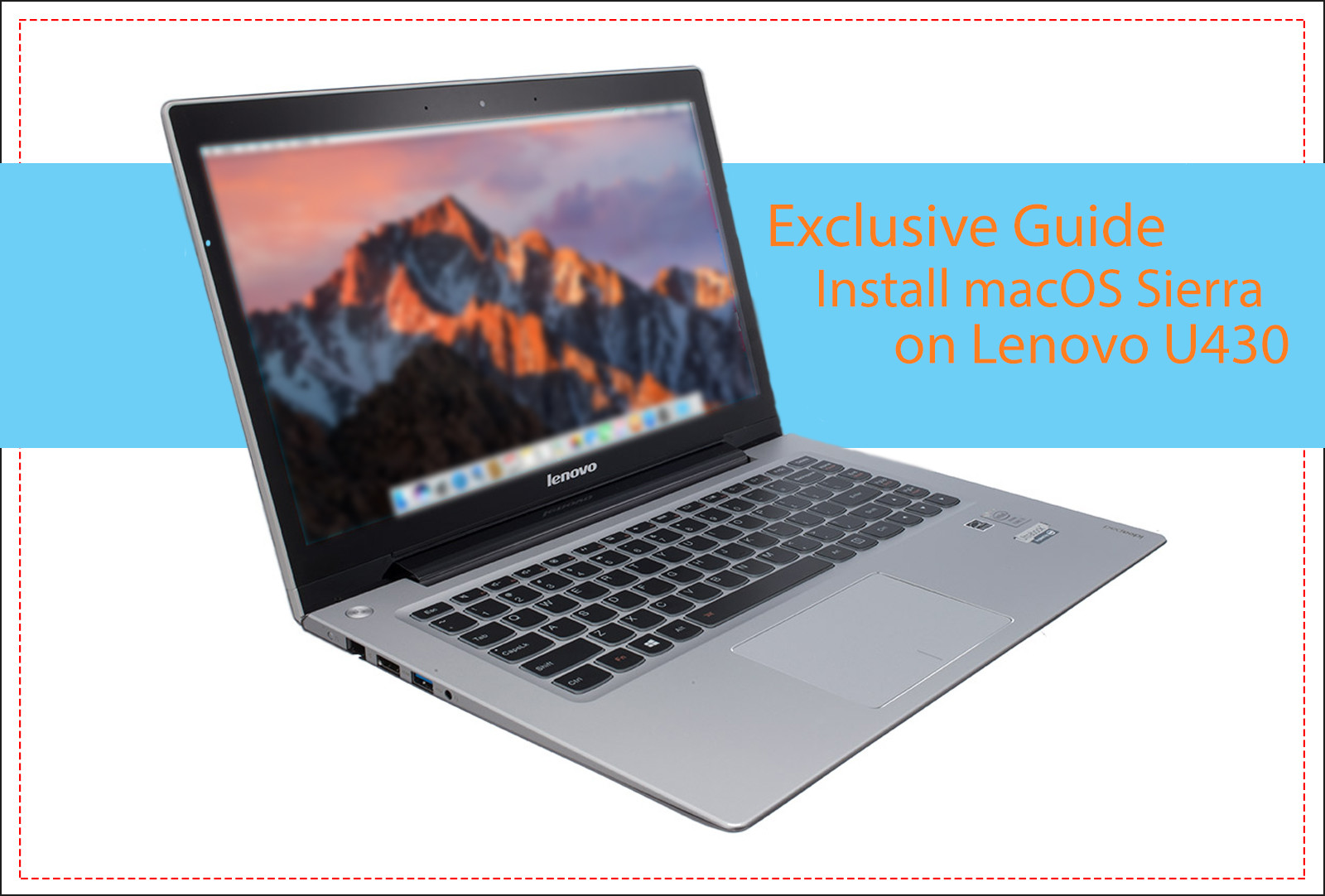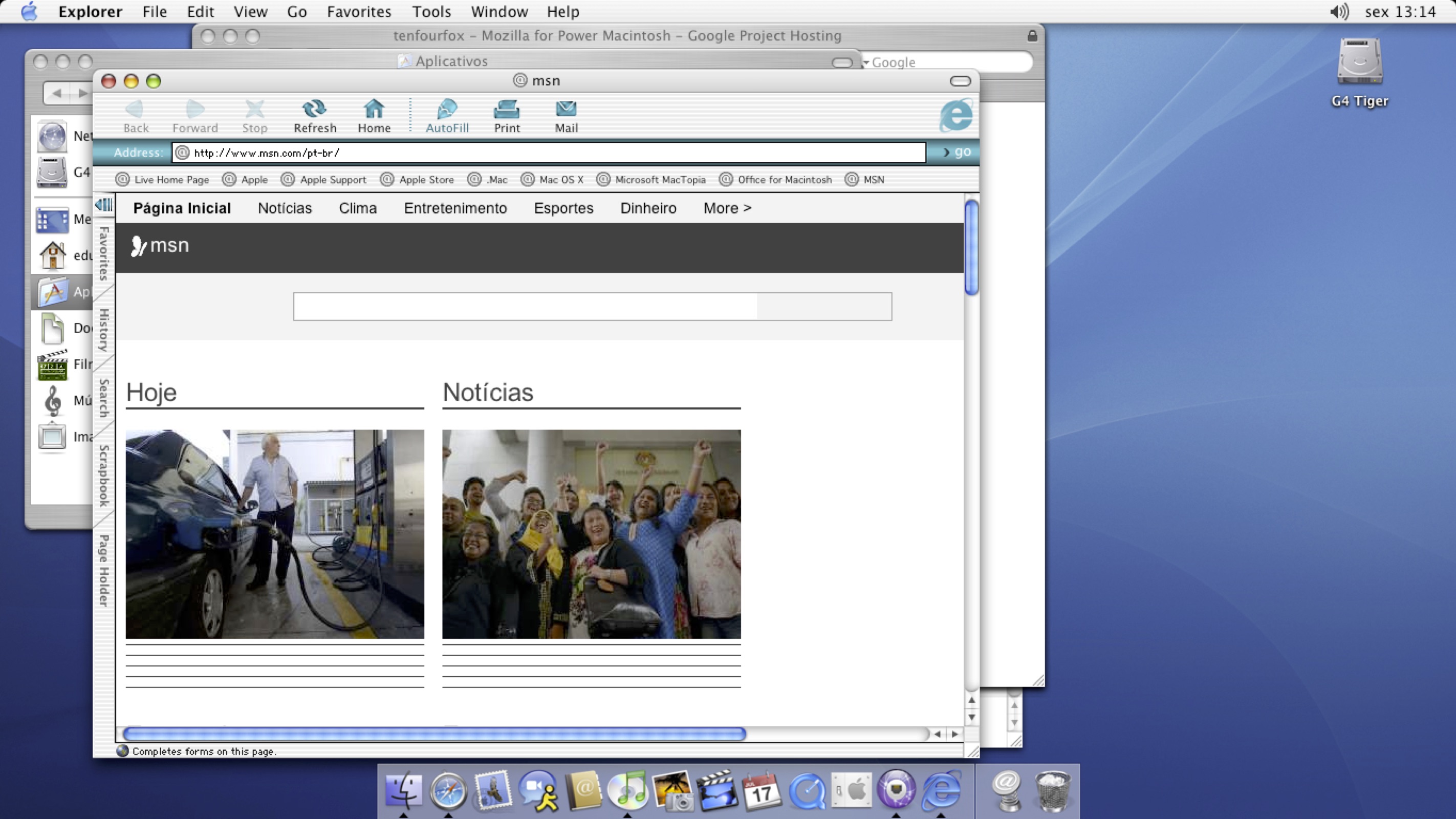What you need to install Windows 10 on Mac
If you have one of these Intel-based Mac models using OS X El Capitan or later, you don't need a USB flash drive to install Windows: MacBook introduced in 2015 or later MacBook Air introduced in 2017 or later 3. Mac OS X 10.4 - Setup as Client Download Article 1 To connect to your new VNC server from a remote machine you will need a VNC Viewer but luckily there are a number of free options out there. Get Telegram for Windows x64 Portable version Get Telegram for macOS Mac App Store. Get Telegram for Linux x64.
- MacBook introduced in 2015 or later
- MacBook Air introduced in 2012 or later
- MacBook Pro introduced in 2012 or later
- Mac mini introduced in 2012 or later
- iMac introduced in 2012 or later1
- iMac Pro (all models)
- Mac Pro introduced in 2013 or later
The latest macOS updates, which can include updates to Boot Camp Assistant. You will use Boot Camp Assistant to install Windows 10.
64GB or more free storage space on your Mac startup disk:
- Your Mac can have as little as 64GB of free storage space, but at least 128GB of free storage space provides the best experience. Automatic Windows updates require that much space or more.
- If you have an iMac Pro or Mac Pro with 128GB of memory (RAM) or more, your startup disk needs at least as much free storage space as your Mac has memory.2
An external USB flash drive with a storage capacity of 16GB or more, unless you're using a Mac that doesn't need a flash drive to install Windows.
A 64-bit version of Windows 10 Home or Windows 10 Pro on a disk image (ISO) or other installation media. If installing Windows on your Mac for the first time, this must be a full version of Windows, not an upgrade.

- If your copy of Windows came on a USB flash drive, or you have a Windows product key and no installation disc, download a Windows 10 disk image from Microsoft.
- If your copy of Windows came on a DVD, you might need to create a disk image of that DVD.
How to install Windows 10 on Mac
To install Windows, use Boot Camp Assistant, which is included with your Mac.
1. Check your Secure Boot setting
Learn how to check your Secure Boot setting. The default Secure Boot setting is Full Security. If you changed it to No Security, change it back to Full Security before installing Windows. After installing Windows, you can use any Secure Boot setting without affecting your ability to start up from Windows.
2. Use Boot Camp Assistant to create a Windows partition
Open Boot Camp Assistant, which is in the Utilities folder of your Applications folder. Follow the onscreen instructions.
- If you're asked to insert a USB drive, plug your USB flash drive into your Mac. Boot Camp Assistant will use it to create a bootable USB drive for Windows installation.
- When Boot Camp Assistant asks you to set the size of the Windows partition, remember the minimum storage-space requirements in the previous section. Set a partition size that meets your needs, because you can't change its size later.
3. Format the Windows (BOOTCAMP) partition
When Boot Camp Assistant finishes, your Mac restarts to the Windows installer. If the installer asks where to install Windows, select the BOOTCAMP partition and click Format. In most cases, the installer selects and formats the BOOTCAMP partition automatically.
4. Install Windows
Unplug any external devices that aren't necessary during installation. Then click Next and follow the onscreen instructions to begin installing Windows.
5. Use the Boot Camp installer in Windows
After Windows installation completes, your Mac starts up in Windows and opens a ”Welcome to the Boot Camp installer” window. Follow the onscreen instructions to install Boot Camp and Windows support software (drivers). You will be asked to restart when done.
- If the Boot Camp installer never opens, open the Boot Camp installer manually and use it to complete Boot Camp installation.
- If you have an external display connected to a Thunderbolt 3 port on your Mac, the display will be blank (black, gray, or blue) for up to 2 minutes during installation.
How to switch between Windows and macOS

Restart, then press and hold the Option (or Alt) ⌥ key during startup to switch between Windows and macOS.
Learn more
If you have one of these Intel-based Mac models using OS X El Capitan or later, you don't need a USB flash drive to install Windows:

- MacBook introduced in 2015 or later
- MacBook Air introduced in 2017 or later3
- MacBook Pro introduced in 2015 or later3
- iMac introduced in 2015 or later
- iMac Pro (all models)
- Mac Pro introduced in late 2013 or later
To remove Windows from your Mac, use Boot Camp Assistant, not any other utility.

For more information about using Windows on your Mac, open Boot Camp Assistant and click the Open Boot Camp Help button.
1. If you're using an iMac (Retina 5K, 27-inch, Late 2014) or iMac (27-inch, Late 2013) or iMac (27-inch, Late 2012) with a 3TB hard drive and macOS Mojave or later, learn about an alert you might see during installation.
Install Mac Os X Lion Via Internet
2. For example, if your Mac has 128GB of memory, its startup disk must have at least 128GB of storage space available for Windows. To see how much memory your Mac has, choose Apple menu > About This Mac. To see how much storage space is available, click the Storage tab in the same window.
3. These Mac models were offered with 128GB hard drives as an option. Apple recommends 256GB or larger hard drives so that you can create a Boot Camp partition of at least 128GB.
Last updated: 2008/06/03
Return to the main page
Install Macos From Internet
Introduction
Here you can find the list with the standard set of fonts common to all versions of Windows and their Mac substitutes, referred sometimes as 'browser safe fonts'. This is the reference I use when making web pages and I expect you will find it useful too.
Install Mac Os X El Capitan From Internet
If you are new to web design, maybe you are thinking: 'Why I have to limit to that small set of fonts? I have a large collection of nice fonts in my computer'. Well, as seasoned web designers already know, browsers can use only the fonts installed in each computer, so it means that every visitor of your web page needs to have all the fonts you want to use installed in his/her computer. Of course, different people will have different fonts installed, and thus come the need of a standard set of fonts. Fortunately, CSS allows set several values for the font-family property, which eases the task a bit.
If you want to know how the fonts are displayed in other OS's or browsers than yours, after the table you can find several screen shots of this page in different systems and browsers. Also, you can take a look to the list of the default fonts included with each version of Windows.
The list
First, a few introductory notes:
- The names in grey are the generic family of each font.
- In some cases the Mac equivalent is the same font, since Mac OS X also includes some of the fonts shipped with Windows.
- The notes at the bottom contains specific information about some of the fonts.
Install Mac Os X Lion From Internet
| Normal style | Bold style |
|---|---|
| Arial, Arial, Helvetica, sans-serif | Arial, Arial, Helvetica, sans-serif |
| Arial Black, Arial Black, Gadget, sans-serif | Arial Black, Arial Black, Gadget, sans-serif |
| Comic Sans MS, Comic Sans MS5, cursive | Comic Sans MS, Comic Sans MS5, cursive |
| Courier New, Courier New, monospace | Courier New, Courier New, monospace |
| Georgia1, Georgia, serif | Georgia1, Georgia, serif |
| Impact, Impact5, Charcoal6, sans-serif | Impact, Impact5, Charcoal6, sans-serif |
| Lucida Console, Monaco5, monospace | Lucida Console, Monaco5, monospace |
| Lucida Sans Unicode, Lucida Grande, sans-serif | Lucida Sans Unicode, Lucida Grande, sans-serif |
| Palatino Linotype, Book Antiqua3, Palatino, serif | Palatino Linotype, Book Antiqua3, Palatino, serif |
| Tahoma, Geneva, sans-serif | Tahoma, Geneva, sans-serif |
| Times New Roman, Times New Roman, Times, serif | Times New Roman, Times New Roman, Times, serif |
| Trebuchet MS1, Trebuchet MS, sans-serif | Trebuchet MS1, Trebuchet MS, sans-serif |
| Verdana, Verdana, Geneva, sans-serif | Verdana, Verdana, Geneva, sans-serif |
| Symbol, Symbol(Symbol2, Symbol2) | Symbol, Symbol(Symbol2, Symbol2) |
| Webdings, Webdings(Webdings2, Webdings2) | Webdings, Webdings(Webdings2, Webdings2) |
| Wingdings, Zapf Dingbats(Wingdings2, Zapf Dingbats2) | Wingdings, Zapf Dingbats(Wingdings2, Zapf Dingbats2) |
| MS Sans Serif4, Geneva, sans-serif | MS Sans Serif4, Geneva, sans-serif |
| MS Serif4, New York6, serif | MS Serif4, New York6, serif |
1 Georgia and Trebuchet MS are bundled with Windows 2000/XP and they are also included in the IE font pack (and bundled with other MS applications), so they are quite common in Windows 98 systems.
2 Symbolic fonts are only displayed in Internet Explorer, in other browsers a font substitute is used instead (although the Symbol font does work in Opera and the Webdings works in Safari).
3 Book Antiqua is almost exactly the same font that Palatino Linotype, Palatino Linotype is included in Windows 2000/XP while Book Antiqua was bundled with Windows 98.
4 These fonts are not TrueType fonts but bitmap fonts, so they won't look well when using some font sizes (they are designed for 8, 10, 12, 14, 18 and 24 point sizes at 96 DPI).
5 These fonts work in Safari but only when using the normal font style, and not with bold or italic styles. Comic Sans MS works in bold but not in italic. Other Mac browsers seems to emulate properly the styles not provided by the font (thanks to Christian Fecteau for the tip).
6 These fonts are present in Mac OS X only if Classic is installed (thanks to Julian Gonggrijp for the corrections).
Install Macos Over Internet
How the fonts look in different systems and browsers
- Mac OS X 10.4.8, Firefox 2.0, font smoothing enabled (thanks to Juris Vecvanags for the screen shot)
- Mac OS X 10.4.4, Firefox 1.5, font smoothing enabled (thanks to Eric Zavesky for the screen shot)
- Mac OS X 10.4.11, Safari 3.0.4, font smoothing enabled (thanks to Nolan Gladius for the screen shot)
- Mac OS X 10.4.4, Safari 2.0.3, font smoothing enabled (thanks to Eric Zavesky for the screen shot)
- Windows Vista, Internet Explorer 7, ClearType enabled (thanks to Michiel Bijl for the screen shot)
- Windows Vista, Firefox 2.0, ClearType enabled (thanks to Michiel Bijl for the screen shot)
- Linux (Ubuntu 7.04 + Gnome), Firefox 2.0 (thanks to Juris Vecvanags for the screen shot)
How To Install Mac Os X Mountain Lion From Internet
Note that while the ClearType smoothing is applied always, the basic font smoothing of Windows 98/2000/XP is applied only to certain font sizes. That sizes can be specified by the font designer, but usually they are in the ranges of 0-6 and 14+ points (pt).
The Mac font list was obtained from the Browser Safe Fonts PDF of webbedEnvironments and from the List of fonts in Mac OS X of the Wikipedia.
Return to the main page

